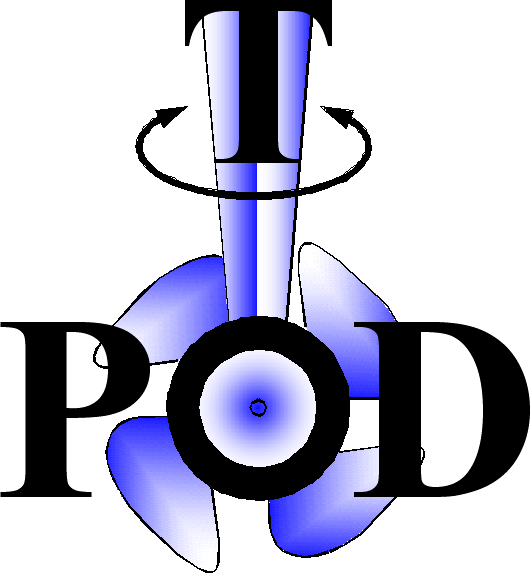


|
|
|
A new Panamax Cruise Ship that require higher service flexibility is nowadays demanded by the market, the relevant new characteristics from this point of view are: allowing the ships to reach in a cruise more ports of call and to cover longer distances. Therefore is required an increased cruising speed and higher propulsive power. The design of fast Cruise Ships with high power implies the adoption of POD propeller with higer diameter. As a consequence of the high installed power and the design costraints regarding the hull clearances and the hull induced pressure, the selection of larger propeller diameter yields to raise excessively the stern buttocks, worsening the optimal area curve and stern lines: this approach implies to decrease the hull efficency and possible increase of induced pressures. The solution considered is to use a propeller with a higher number of baldes than the used POD propellers have (normally are used 4 blades propellers). The consequence is the reduction of the clearence and propeller diameter, that give the possibility of developing a good frame area curve. In this research, for the first time a systematic series of pod propellers with different number of blades have been investigated considering the optimization of all the hydrodynamic aspect of the system hull-propeller. During the research activity three different pod propeller geometries have been studied considering the configurations with 4, 5 and 6 blades. This work has proved that propellers with 5 and especially with 6 blades allow getting quite a good efficiency with suitable hull propeller clearence, keeping at the same time a very low level of induced hull pressure. The three pod propeller models have been built and tested at Vienna Model Basin, in particular, for the six blades propeller suitable modification to the frame area curve of the afterbody and the hull lines have been developed in order to get the best hydrodynamic performance. Calculation of intact and damage stability have been performed giving good results and some relevant indication about the stability characteristics that should have the hull. Finally, cavitations tunnel test have been performed at various tip clearence to evaluate the induced pressures on the hull. |
|
Send mail to
tpod@ncl.ac.uk with
questions or comments about this web site.
|